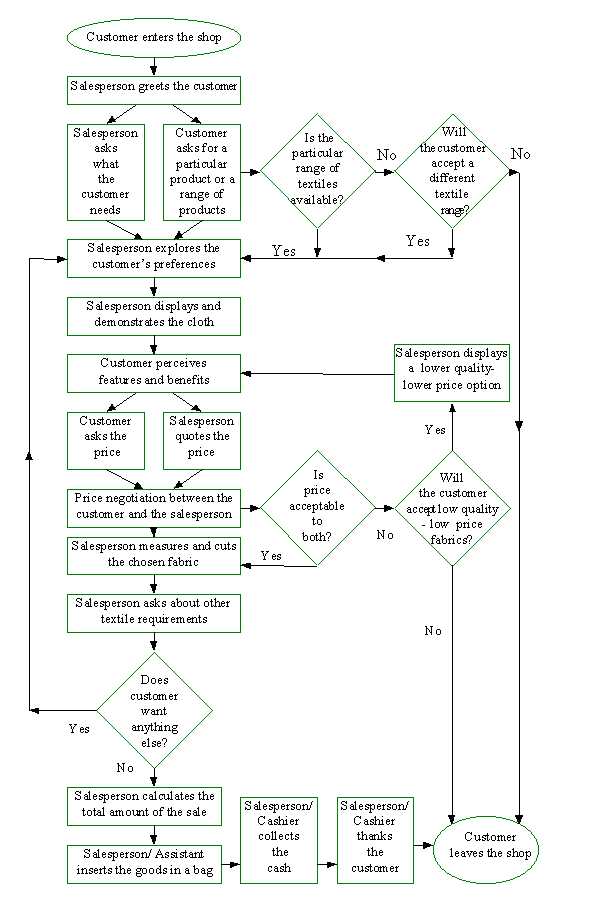
Topic 4
Simulation and Model Building
Chapter 14 in Core Text
Key points in this chapter :
Ñ What is Simulation
Ñ Modelling
Ñ Modelling Techniques
Ñ Modelling Analysis
Ñ Conclusion
What is Simulation
The idea of simulation is nothing new. Most children mimic or simulate later adult life in their play. A practical definition of simulation may take the following form: To mimic the action of a physical system by means other than that actually employed by the system. Quite often complex business situations and problems can be distilled into a few equations. The business problem can be approximated by a set of rules, equations and values that attempt closely to mimic the reality of the problem sufficiently accurately so as to make the simulation act almost like the real thing.
Modelling
To simulate the problem domain we need to define the essence of the problem, and distil this down to some form that can be manipulated, tested, experimented on and compared with actuality for conformance of performance. Modelling is quite similar to the systems analysis, whereby we determine the components of a business system.
Modelling Techniques
Viewing a business as a collection of processes emphasizes the cross-functional nature of decision making. There are various modelling techniques that can be used for analyzing the operational processes of any business. These are:
1. Simple Flow Charts: a simple flow chart is used to identify the main elements of a process. It merely shows the activities that are performed in a process.
2. Information Flow Chart: a simple flow chart can be enhanced by the addition of computer charting symbols identifying the key decisions in the process and the implications of each decision.
3. Routing Sheets: a routing sheet, or operations process sheet, shows the operations and routing required for an individual part. Each machine or labor operation is listed, along with the tools and equipment needed, as well as the production time for each operation.
4. Process Flow Chart: a process flow chart uses various symbols for operations, transportation, inspection, transportation and delays. The aim is to reduce non-value adding activities and assess possible improvements in the operations to make it faster and better.
5. Assembly Chart: it shows the exact sequence of operations used to assemble a product, and thus helps in estimating the component requirements, bottlenecks, and critical paths of the operational process.
6. Customer Processing Framework: the customer processing framework is used for identifying the key activities that occur in 'processing' customers through operations like banking, travel, hospitals etc.
Consider the broad range of activities that take place in a personal selling process.
The Opening
Need and Problem Identification
Presentation and Demonstration
Dealing with Objections
Negotiation
Closing the Sale
Follow up
Fig : The Personal Selling Process.
These broad range of activities can be modeled in a comprehensive way as shown below:

Modelling Analysis
Inorder to make improvements in the modelling approach, it is not enough simply to use the modelling techniques. A key to analyzing these techniques is to ask questions like:
1. What: What does the customer need? What operations are really necessary? Can some operations be eliminated, combined, or simplified? Should the product be redesigned to facilitate production?
2. Who: Who is performing each operation? Can the operation be redesigned to use less skill or less labor hours? Can operations be combined to enrich jobs and thereby improve productivity or working conditions? Who are the suppliers? Can improvements be made in the supply-chain process?
3. Where: Where is each operation conducted? Can the layout be improved to reduce distance traveled or to make the operations more accessible?
4. When: When is each operation performed? Is there excessive delay or storage? How can the delays be reduced? Are some operations creating bottlenecks?
5. How: How is the operation done? Can better methods, procedures, or equipment be used? Should the operation be revised to make it easier or less time-consuming?
Conclusion
The basic objective of simulation analysis and modelling techniques is to add more value to the product or service by eliminating waste or unnecessary activities at all stages. Attention also needs to be paid to the human element in operational processes - not only in designing the new system but also in gaining acceptance for changes. This can be done best by involving the people affected in every stage of diagnosis and design. Such a holistic approach can also help in achieving radical business process re-engineering with a complete overhaul of work methods, flows and information systems.
Decision-Making Academic Homepage